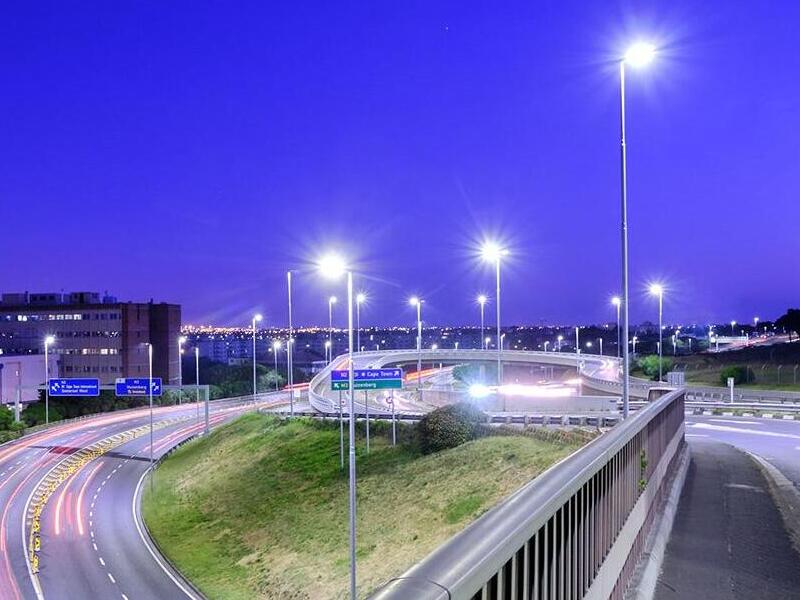How do high-power LED street lights dissipate heat?
High-power LED street lights can be used in many engineering constructions, but due to heat dissipation limitations, high-power LED street lights are only used in a limited environment after they are developed. Among the key technologies for LED street lighting applications, the heat dissipation design is A very important link is also one of the technical bottlenecks restricting its wide use. The quality of the heat dissipation design will directly determine the performance indicators of LED street lighting and whether the actual promotion and application can be successful. At present, the heat dissipation technology of LED street lamps generally uses a heat-conducting plate method, which is a 5mm thick copper plate, which is actually a temperature equalizing plate, but the weight is too large. The weight is very important in the street light system, because the street light is 9 meters high, if it is too heavy, the danger will increase, especially in the event of typhoons and earthquakes, accidents may occur. Perhaps in the future, after LED widely enters the street lamp field, modularized heat dissipation may better solve the problem of LED street lamp heat dissipation.1: The relationship between LED junction temperature and luminous flux and lifetime. Based on the working characteristics of high-power LEDs, the junction temperature is directly related to the size of luminous flux and the length of service life. The primary heat dissipation design of the LED package is determined by the process in the LED production stage. It is mainly composed of the internal thermal design of the chip and the thermal design of the package. Through scientific and reasonable design, satisfactory LED heat conduction and heat dissipation effects can be obtained.
2: The secondary heat dissipation scheme of the LED. For the high-power LED that has been commercialized, the primary heat dissipation design constructed by its chip package has been fixed and cannot be changed during use, so it is used as a light source in a street lamp. If the heat dissipation requirements can be met, the results will be output directly. If the heat dissipation requirements of the LEDs cannot be met, the heat sink design must be carried out. Then, to see whether the design can meet the heat dissipation requirements of the LEDs, the next step of optimization design is required, if not, it is necessary. Re-design the radiator until it can meet the requirements.
3: LED secondary heat dissipation design process, calculate the thermal resistance and junction temperature to see whether the heat dissipation requirements of the LED can be met, if the heat dissipation requirements can be met, the results will be output directly, if the heat dissipation requirements of the LED cannot be met, the heat sink design must be carried out. It is necessary to carry out the next optimization design, if not, it needs to re-design the radiator until it can meet the requirements.
4: The area of the radiating fins is set at will. The arrangement of the radiating fins of the lamps does not take into account the use of the lamps, which affects the effect of the fins. Ignore convection heat dissipation. Although many manufacturers consider various measures: heat pipes, loop heat pipes, adding thermal grease, etc., they do not realize that the heat will eventually be dissipated by the outer surface of the lamp. If the temperature distribution of the fins is severely uneven, it will cause some of the fins (the part with lower temperature) to have no effect or have a limited effect.
In summary, the design of LED street lights should fully consider heat dissipation, which is beneficial to prolong the life of the lamp beads, reduce light decay, optimize the performance of LED street lights, make the LED street lights durable, and reduce maintenance frequency.







.gif)